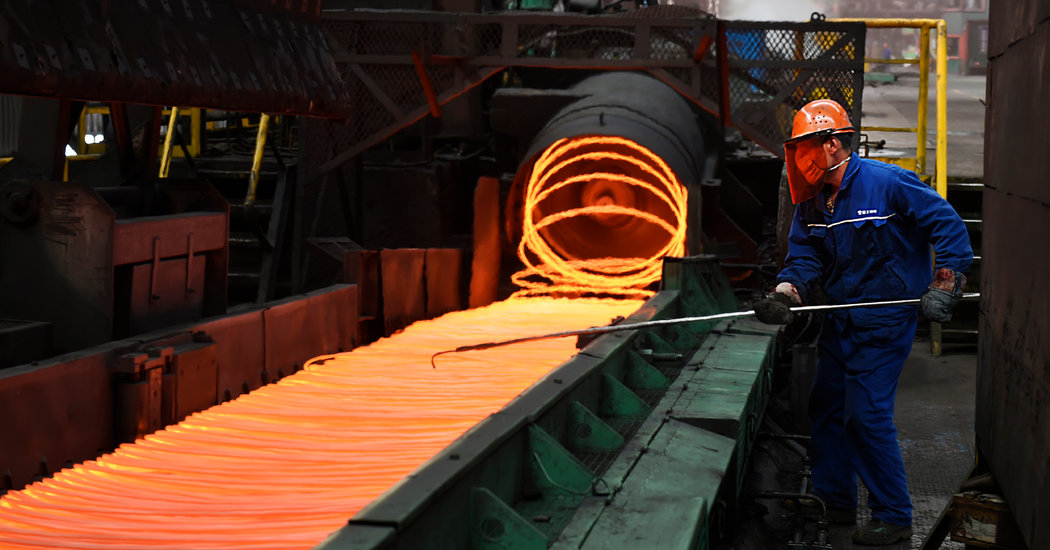
Some historical perspective is useful here, too. The Smoot-Hawley tariffs of the 1930s — as the actor and writer Ben Stein memorably reminded us in the 1986 movie “Ferris Bueller’s Day Off” — led the average tariff rate to rise as high as — anyone, anyone? — 20 percent. Even that was an improvement compared with the early 1900s, when the tariff rate nearly hit 30 percent.
This broader perspective suggests that the United States remains, at least in broad brush strokes, a low-tariff country.
This isn’t an argument in favor of Mr. Trump’s trade policy. Like most other economists, I generally favor freer trade, and these tariffs are moving us in the wrong direction. Imposing tariffs on China, only to see China retaliate with tariffs on the United States, is in the interest of neither country. It has caused disruption in both nations, and made neither better off.
Furthermore, fighting a trade war when tariffs around the world are already pretty low is particularly pointless. That’s because of a troubling asymmetry: If you “win,” you can force your trading partners to knock their tariff rate down from a few percentage points above zero to something a bit closer to zero. That’s not a big deal.
But the major weapon used to fight a trade war is the threat of substantially higher tariffs, and if negotiations become deadlocked, these higher tariffs can persist. The prize for winning a trade war is small, but the costs are potentially very large because of a troubling asymmetry that comes into play.
Economic theory provides a rule of thumb that the cost of tariff-induced distortions rises in the square of the tariff rate. Put simply, the idea is this: Small tariffs do relatively little harm. A tariff rate of 1 percent, for instance, probably won’t prevent you from buying something you really want.
If, however, the tariff rate jumps to 10 percent, the cost of tariff-induced distortions won’t just be 10 times as great. It will inflict 100 times the damage. That’s what makes large tariff increases so bad. They don’t just lead to fewer imports. They also persuade people to cut back even on stuff that they really value.
